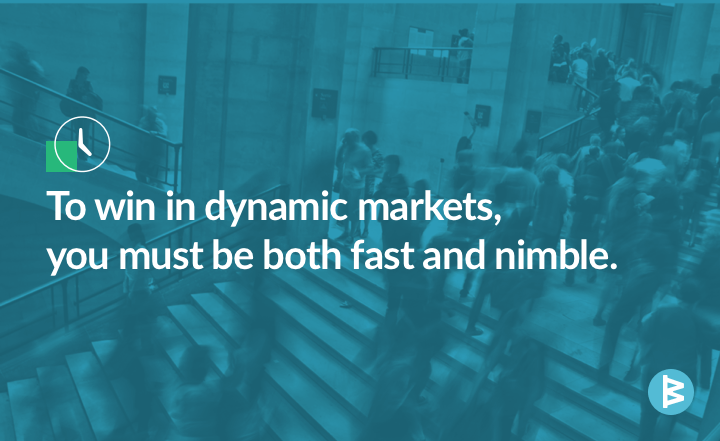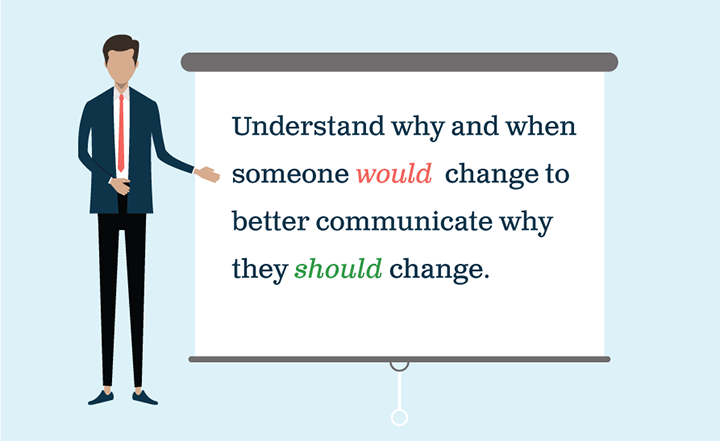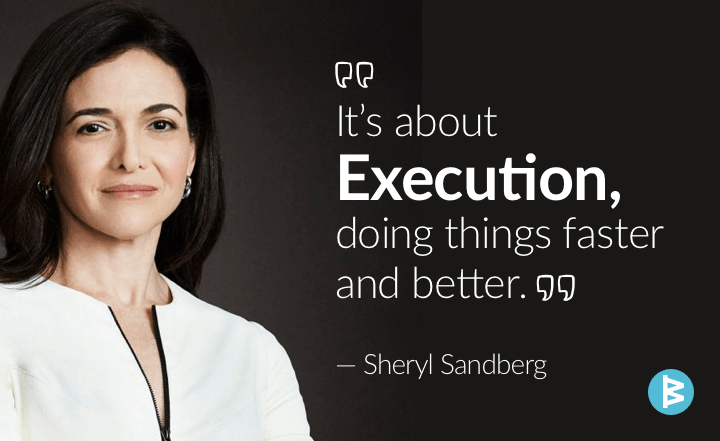
Today, companies are either transforming their markets or transforming their company. Innovation, information and markets have accelerated and so, too, has market disruption. For CIOs, these significant changes have challenging side effects and consequences:
- Line of business teams choosing their technology solutions
- Smart technical talent choosing innovative companies
- Harnessing the value of data rather than just cost-effectively managing it
These same dynamics can elevate the CIO to MVP and IT from a back-office cost center to a strategic partner in growing the business.
In fact, there’s never been a better time to be in IT. In traditionally technology-intensive businesses, CIOs sit at the executive table 53 percent of the time compared to 17 percent of their peers, according to Ernst & Young. Moreover, 65 percent of these digital CIOs are actively involved in the creation of new products and services. Now, it’s hard to find an industry that isn’t technology intensive. CIOs that rise to the occasion are leading the way forward in four key areas:
Driving digital strategy
Digital transformation is more than automating manual processes and information flow. The bigger opportunity is productizing information for internal and external customers and harnessing new data as a product. In virtually every industry, there are game-changer CIOs making this happen. At 113-year old Ford, IT transformation helped the company move from an automobile manufacturing company to a technology led mobility and transportation company. Sanofi, a French pharmaceutical giant, has a device that reads blood glucose levels and transfers the data to smartphones for health care providers. “This is an example of how technology contributes to generating new revenues for our firm,” says Sanofi’s CIO Bruno Ménard.
Shifting to cloud efficiently
For most of our CIO clients, the ability to maximize digital strategy requires a reduction in spending on commoditized IT services and infrastructure. They establish goals and metrics to move on-premises apps to the cloud and migrate to newer SaaS applications that provide better customer experience at lower cost. These free up resources and capital to focus on high-value, differentiated activities. GE manages 9,000 applications and began migrating the vast majority to the public cloud in 2015 – they gain elasticity, scale, and access services without building themselves.
Gaining radical clarity and higher velocity
Savvy CIOs know that their speed and rate of change are crucial to the organization’s competitive position. Change is hard, but Google CIO Ben Fried believes IT is now “the fastest moving discipline in the history of the enterprise” and therefore change must be a core IT competency. He advises, building an “end-to-end technology team that flourishes in change.” Organizations slow to change will find themselves behind nimbler competitors or disruptive market entrants. To drive change, drive clarity. Start with your management model – Google uses Objectives and Key Results (OKRs), a more agile means of communicating and driving outcomes. OKRs are typically quarter-based and cascade, so decisions, alignment and results are accelerated. OKRs provide radical clarity on the new results and behaviors needed for the organization. When Vince DiMascio, CIO at global immigration law powerhouse BAL, needed to drive rapid transformation, he immediately implemented OKRs with an app to communicate a new vision and sustain change.
Changing of the guard
We are in the midst of an epic workforce transition. Digital CIOs worry less about the issues in managing millennials and focus more on inspiring them, harnessing their talents and setting up a smooth generational transition as more expert workers retire. It turns out millennials are a huge boon to digital CIOs driving change: they have a transparency bias, they’re digital natives, they seek to change and are mission driven. Alignment techniques like OKRs, fast growth opportunities, and tools that enable more fluid work help retain and engage young people and bridge the experience divide between generations.
As you consider these changes and chart the course forward, ask what type of work inspires and motivates you? What aspect of the job is intellectually stimulating, mind-expanding and career growing? Connect with that and you’ll be connecting with a great future.










